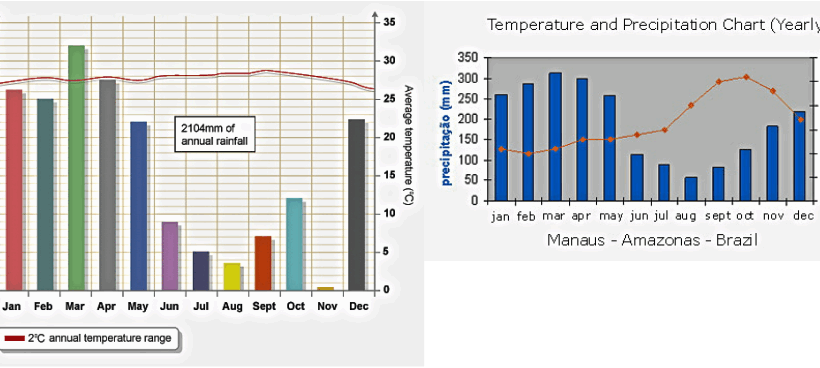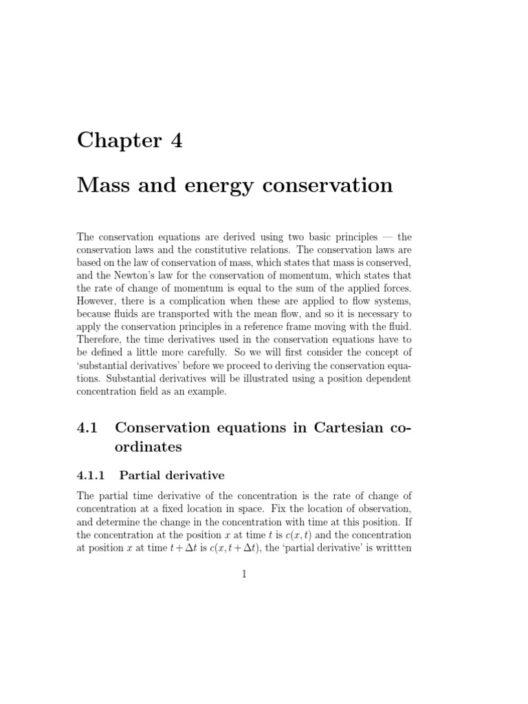The climate of the tropical rainforest is defined by its consistently warm temperatures and substantial precipitation, creating an ecosystem that is a veritable cornucopia of biodiversity. The overarching characteristics of this climate type are its high humidity, intense rainfall, and relatively stable temperature throughout the year. These elements coalesce to establish a unique environment that fosters a staggering variety of flora and fauna, drawing scientists and nature enthusiasts alike into a deeper appreciation of its intricacies.
Located predominantly near the equator, the tropical rainforest climate marvels at its uniform warmth. Average temperatures typically range from 20°C to 30°C (68°F to 86°F), with only slight fluctuations. There exists a certain uniformity in temperature, which starkly contrasts with the more temperate climates that exhibit pronounced seasonal shifts. This consistency supports the proliferation of plant species that have adapted to thrive in such conditions, creating a picturesque tapestry of life where lush greenery predominates.
However, the defining aspect of the tropical rainforest climate lies in its precipitation. Rainfall is abundant, often exceeding 2000 millimeters (78 inches) annually. Unlike other climates where rainfall can be seasonal or distributed unevenly, tropical rainforests experience a more regular pattern of rain, albeit with a distinction: two peak rainy seasons occur throughout the year. This wetness seems to persist perpetually, leading to the colloquial observation that where wet is the norm, life flourishes.
The immediate effects of this climatic phenomenon are evident in the verdant landscapes that characterize tropical rainforests. Towering trees, often over 30 meters tall, compete in a race for sunlight, creating a rich, layered structure. The canopy plays a critical role in sustaining the ecosystem, providing habitats for diverse species—from colorful birds and monkeys to innumerable insects and plants. These interactions form an interconnected web of life, whereby the availability of moisture supports the various life stages of countless organisms.
Moreover, the humidity in tropical rainforests significantly influences not only the local vegetation but also the climatic patterns of the planet. One might wonder how a localized climate can have repercussions on a global scale. The forest’s transpiration—whereby moisture is released from leaves into the atmosphere—culminates in increased humidity levels, which influence weather patterns both nearby and far-off. This aspect of the rainforest is crucial, as it contributes to the regulation of global weather systems, exemplifying the significance of preserving these vital ecosystems.
The soils of tropical rainforests exhibit distinct characteristics driven by the climate. Though they might seem fertile at a glance, the soil is often quite poor in nutrients, predominantly due to heavy rainfall exacerbating leaching. The rapid rate of decomposition in these ecosystems means that organic material is quickly broken down, transferring nutrients back to the vegetation. As such, the flora has adapted by developing shallow root systems to more efficiently absorb the available nutrients before they are washed away—an interesting defensive adaptation to their inherently nutrient-scarce surroundings.
With the abundance of rainfall also comes the risk of tropical storms and flooding. While this is a natural occurrence, climate change has led to increased frequency and intensity of such weather events. The ramifications of anthropogenic activities are evident in these regions, manifesting through deforestation, logging, and agricultural expansion. These practices disrupt the delicate balance maintained by the rainforest ecosystems, thus intensifying the adverse effects of climate variability.
The overwhelming presence of biodiversity in tropical rainforests continues to fascinate researchers and ecologists alike. They host more than half of the world’s terrestrial species, embodying an intricate matrix of life that has evolved over millions of years. Each organism, no matter how small, plays a fundamental role in maintaining this balance. For instance, the diverse insect population promotes pollination, which, in turn, cultivates flourishing vegetation essential for the larger animal communities.
Despite their importance, tropical rainforests face significant threats. They are often regarded as the “lungs of the Earth,” yet their degradation catalyzes not just ecological but also social and economic repercussions. Indigenous populations that have coexisted with these environments for generations are increasingly marginalized as their lands are usurped. The intricate knowledge these communities possess about the biodiversity within the rainforest contributes to global understandings of ecology and conservation—yet they are frequently excluded from the dialogue around preservation.
As climatic anomalies become more pronounced—such as droughts and erratic rainfall patterns—there is an urgent need to foster global awareness about the role of tropical rainforests in combating climate change. These ecosystems sequester vast amounts of carbon dioxide, acting as natural carbon sinks. Thus, their preservation is crucial for mitigating the impact of our planet’s warming trajectory.
In conclusion, the climate of the tropical rainforest—characterized by warmth and omnipresent moisture—fosters a lush environment that is both ecologically vital and captivatingly complex. The interconnectedness of life in these habitats continues to be a source of intrigue, hinting at the profound implications of climate change on biodiversity and, ultimately, on humanity itself. As stewards of this planet, it is imperative to recognize the value of tropical rainforests not only as unique ecosystems but also as critical components in the larger narrative of Earth’s climatic and ecological health.






